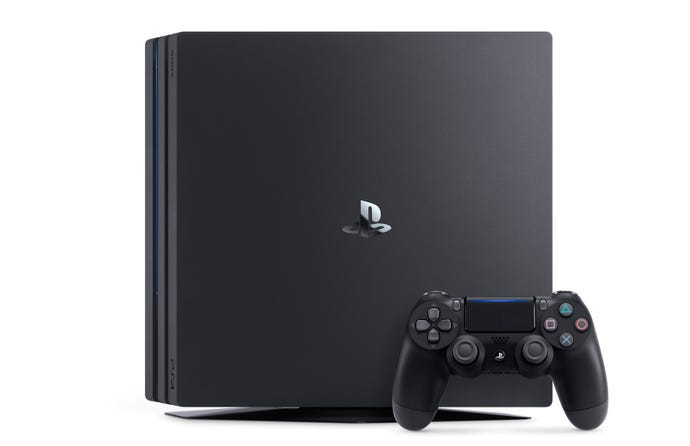PS4 Pro Boost Mode is a game-changer for some games, but it won't solve all performance issues
The PS4 Pro's boost mode - currently in beta - brings big upgrades to existing, unpatched PS4 games that it's worth paying attention to.
One of the undocumented features of the PS4 firmware update 4.5 is that it adds something called Boost Mode. Put simply, the mode opens up the PS4 Pro hardware to unpatched, base PS4 games. This, for the most part, is as dramatic as you'd think.
In its most recent analysis, tech outlet Digital Foundry puts a number of original PS4 titles through the test, to see how much of a benefit Boost Mode provides. But, more interesting, how the mode achieves these results.
Right off the bat, the site confirms that Boost Mode isn't the magic bullet some were hoping it would be. For example, games with an already locked frame-rate and a stable performance, won't see much benefit from it. Instead, Boost Mode works best in situations where the game had problems reaching its target frame-rate, or in the cases where frame-rate was unlocked.
The way Boost Mode works is that it allows unpatched games access to the Pro's higher GPU clock speed, but not its full power. On the other hand, the CPU in Boost Mode runs at the same clock speed and power available to native Pro games. This CPU upgrade also helps with load times for certain games.
Some of the games that see great benefits include Assassin's Creed Unity, which now runs a lot closer to its 30fps target than before. Battlefield 4 and Mirror's Edge Catalyst are both Frostbite engine games that have much better frame-rate thanks to Boost Mode, particularly in 64 player matches in the former.
Project Cars is another example of how massively better performance can be with Boost Mode on. Being a game that targets 60fps, but not quite hit it on the base model, Boost Mode allows it to gain a 35 to 38 percent increase in frame-rate, particularly in races with lots of AI cars and heavy weather.
Overall, the analysis concludes that allowing games access to more CPU power rather than GPU was the right move, as it's the one area where the base model showed consistent issues.
Watch the video above for a recap of the titles tested in this initial run.

